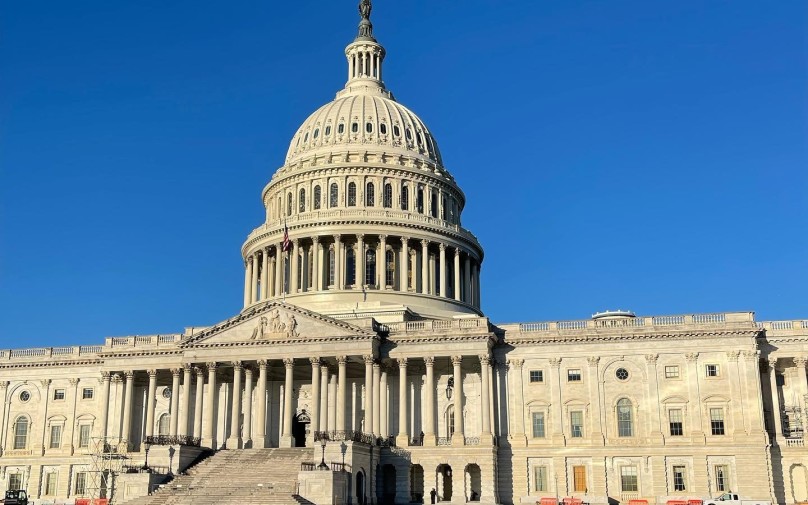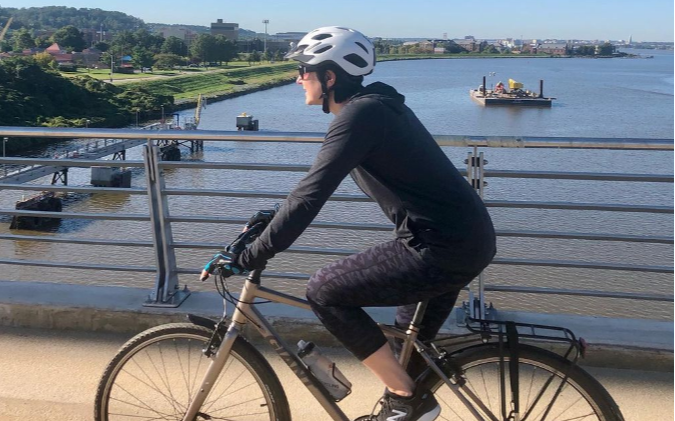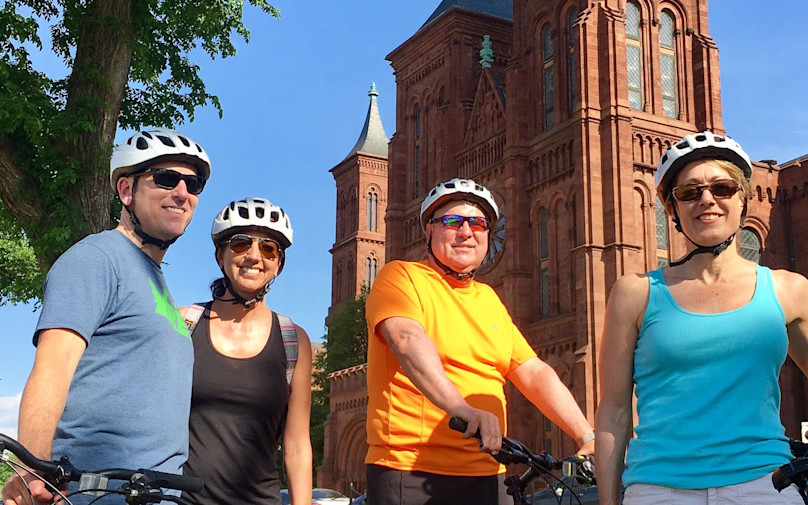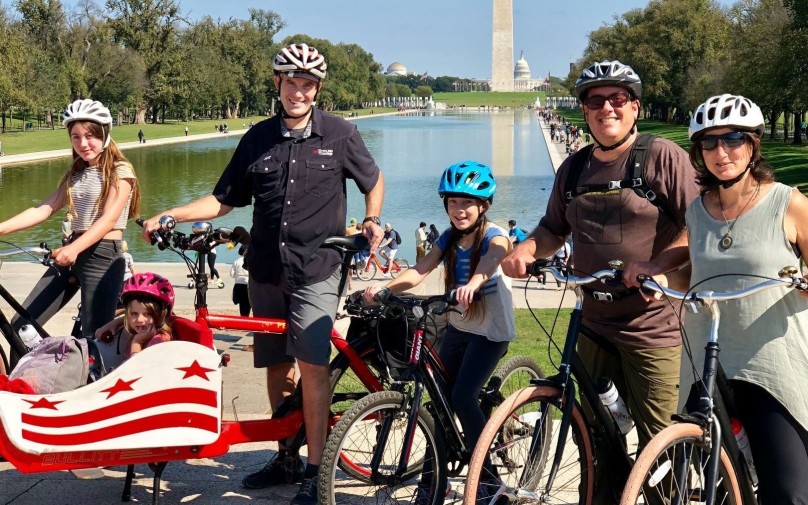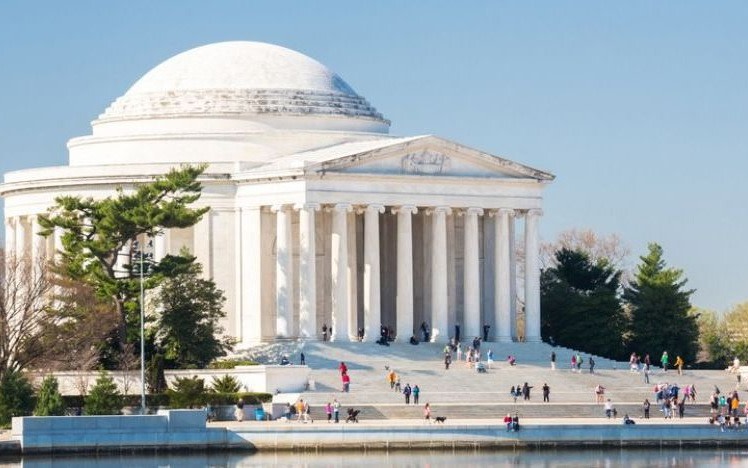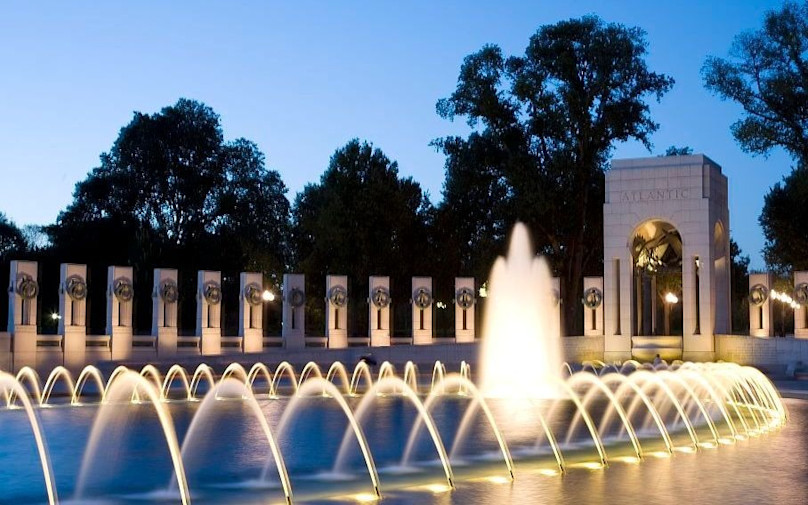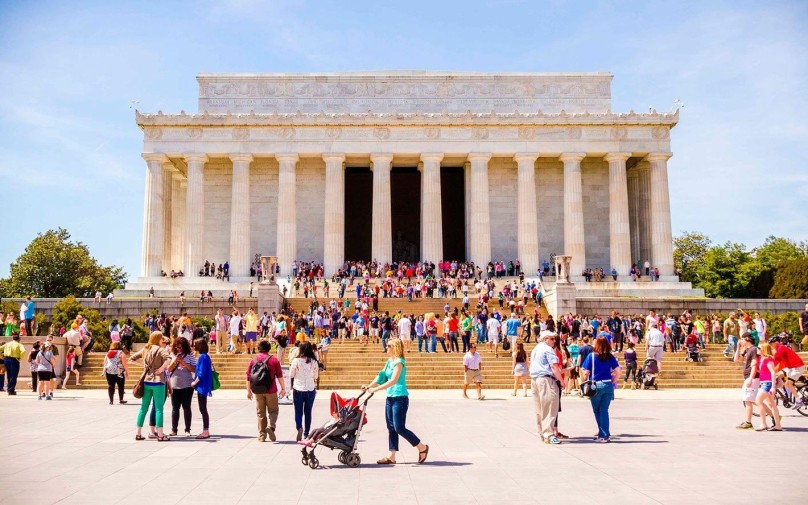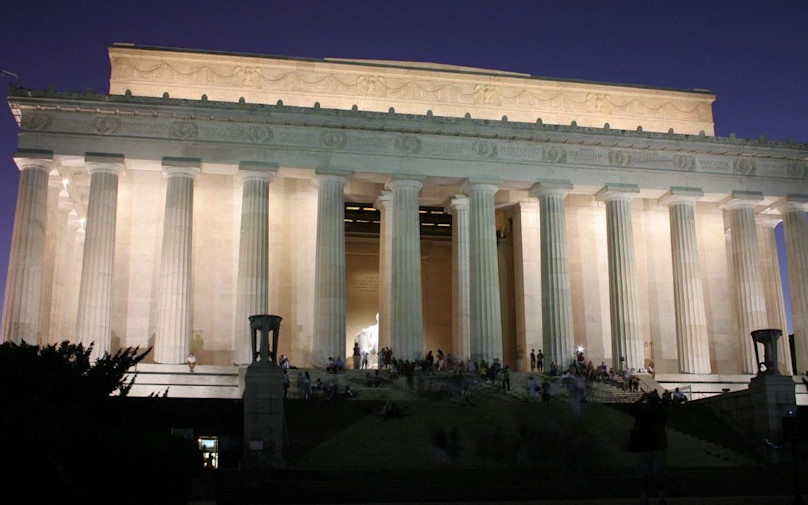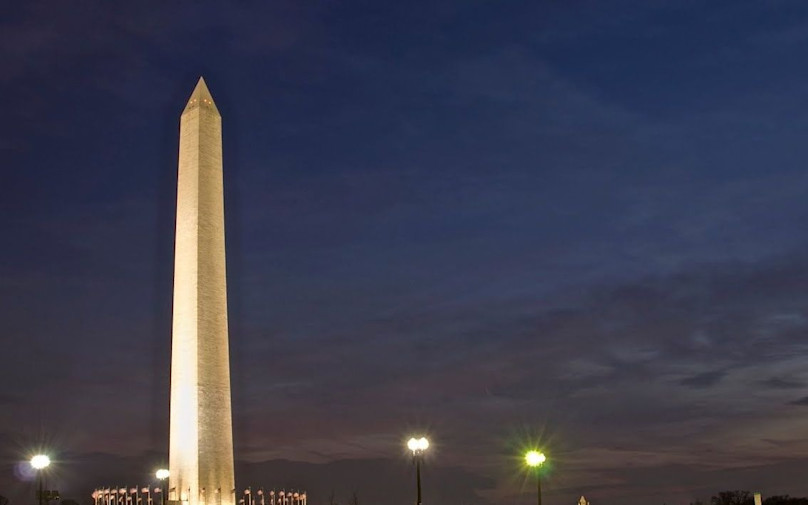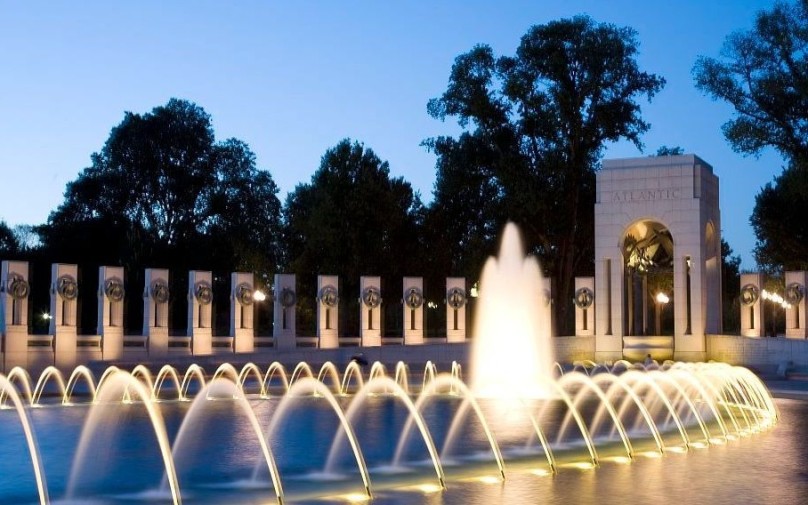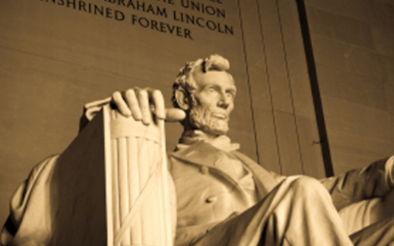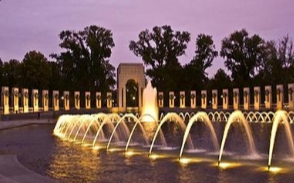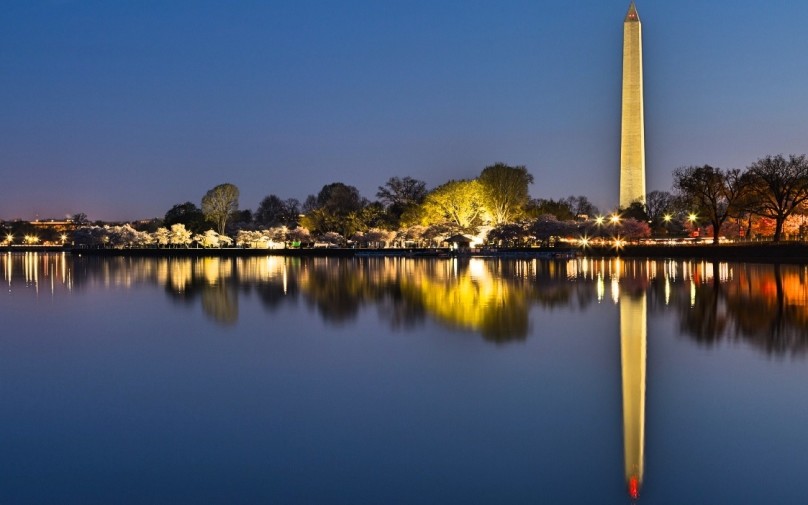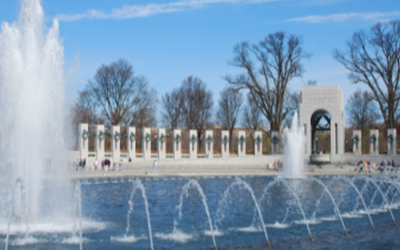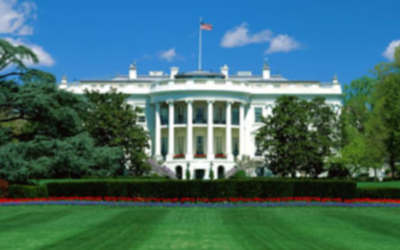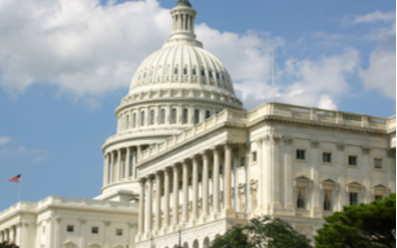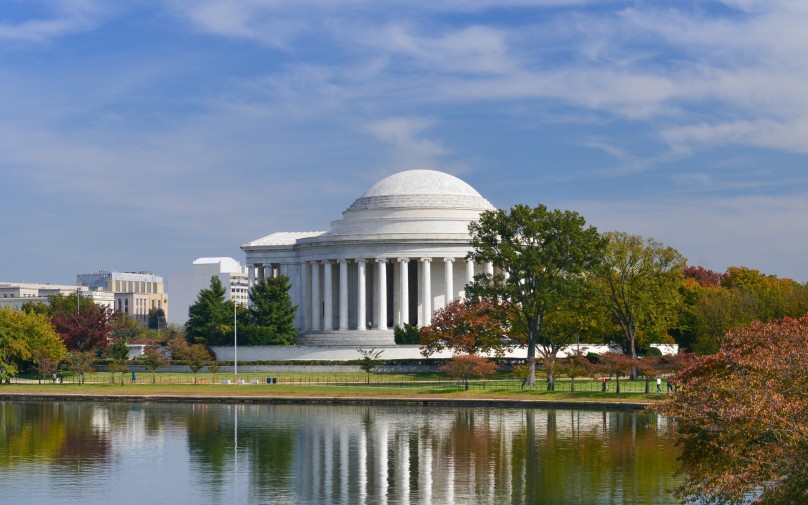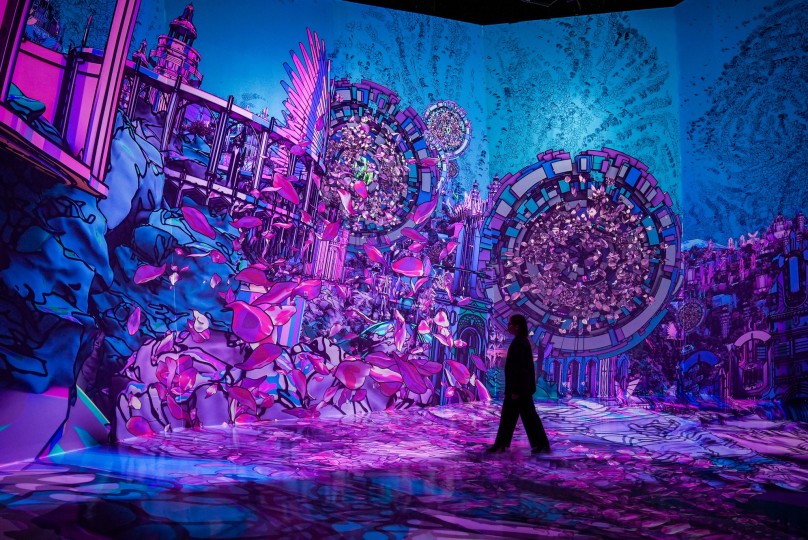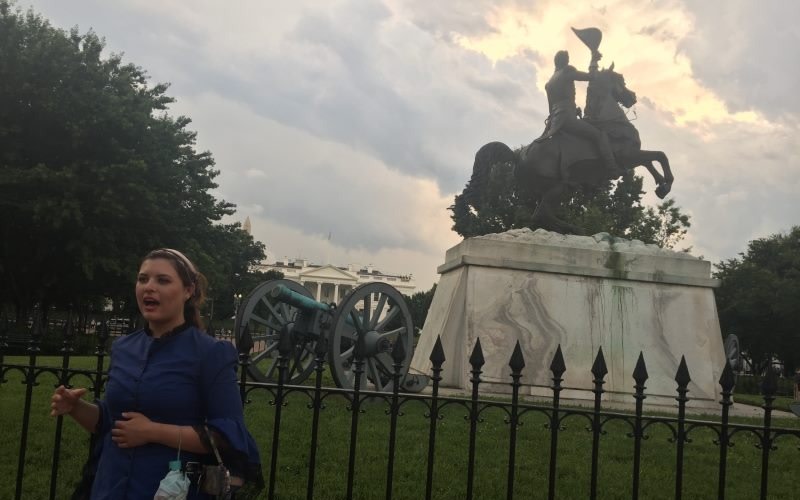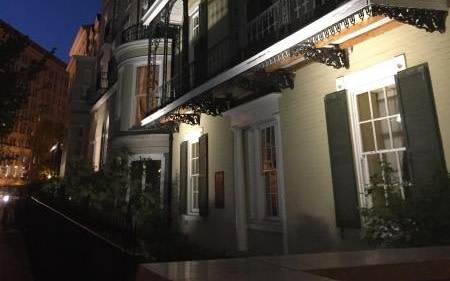
The District of Columbia, often referred to as Washington D.C., is a vibrant and historically rich destination that offers a unique blend of cultural, political, and recreational experiences. As the capital of the United States, it is home to iconic landmarks, world-class museums, and a thriving arts scene. One of the best ways to explore the city’s famous monuments is through a National Mall Tour, where you can delve into the history and significance of each site. For those who enjoy a bit of adventure, the Capital Ride offers a private bike tour that takes you through the city’s scenic routes and hidden gems.
The District of Columbia, often referred to as Washington D.C., is a vibrant and historically rich destination that offers a unique blend of cultural, political, and recreational experiences. As the capital of the United States, it is home to iconic landmarks, world-class museums, and a thriving arts scene. One of the best ways to explore the city’s famous monuments is through a National Mall Tour, where you can delve into the history and significance of each site. For those who enjoy a bit of adventure, the Capital Ride offers a private bike tour that takes you through the city’s scenic routes and hidden gems.




